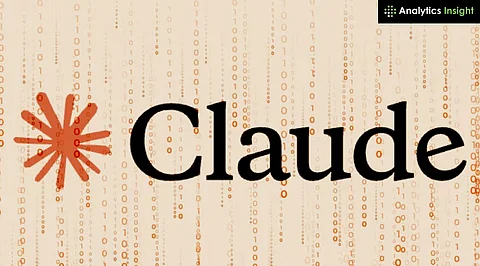

Assign roles, give clear instructions, and treat Claude like a coding partner for better results.
Break tasks into smaller steps instead of overwhelming it with big problems.
Use memory features to save time and improve consistency.
Claude AI , the AI tool made by Anthropic, is becoming a favorite among developers. Whether someone is writing a new app or fixing old code, Claude can help speed things up and improve the results. But it works best when used the right way. Here are 10 tips the pros follow to get the most out of Claude.
Instead of just asking for help, professionals give Claude a job title. For example, they might say, "Act like a senior developer" or "Be a security expert." This helps the AI understand the tone and depth needed. It’s a simple trick that often leads to better answers.
Claude responds best to direct orders. Rather than telling him "Make this better," experts tell him "Make this code shorter and easier to read." The more specific the request, the more helpful the response.
Attempting to cover too much ground in a single attempt may confuse Claude. A wiser method is to treat one step at a time. For instance, first write a simple function, second add the error checks, third test it. This makes the process smooth and easier to understand.
When working with layouts or UI issues, it is better to display a visual rather than explaining it. Claude can interpret visuals, so posting a screenshot assists it in providing answers that indeed reflect the design.
Claude has the ability to memorize significant particulars across sessions. When a developer prefers using some kind of styling or naming conventions, they can be stored. This prevents reiteration of giving the same instructions later.
Also Read: How to Use Claude Voice Chat?
Claude sometimes provides brief responses to questions that require a more in-depth response. Telling him to "Take more time to think" or "Break each step down" forces it to go deeper. This aids in difficult tasks such as debugging or coding intricate logic.
Pros don’t expect Claude to get everything right in one shot. They treat it like a partner. First drafts are reviewed, changes are suggested, and then the process continues. Working in steps improves both quality and understanding.
Over time, the chat can become cluttered. Too much history can lead to confusion. Starting fresh or cleaning up the thread helps Claude stay focused on the current task. This improves both speed and accuracy.
When dealing with multi-step tasks such as configuring a new project or tidying up code, checklists come in handy. Claude is able to go through each point step-by-step. This maintains the progress in order and ensures nothing gets overlooked.
Some advanced users connect Claude with coding tools like Cursor or other code editors. This allows it to read files, run tests, and suggest changes more smoothly. It’s like turning Claude into a mini assistant that works alongside the main tools.
Claude's responses tend to be more cautious, more explained, and easier to understand than in many other AI tools. Programmers report it's particularly good at catching issues before they appear in actual usage. The newer releases, such as Claude 3.5 or Opus 4, are even stronger at reasoning and coming up with solutions for difficult coding issues without rushing.
Feedback from the technology community indicates that Claude performs best if used carefully. A few easy tricks make a huge difference. Providing explicit instructions, working step-by-step, and utilizing it as a coding partner are all part of improving outcomes.
Claude may not replace human developers, but in the hands of someone who knows how to use it well, it becomes a powerful tool that helps save time and avoid mistakes. That’s why more professionals are adding Claude to their daily workflow.
